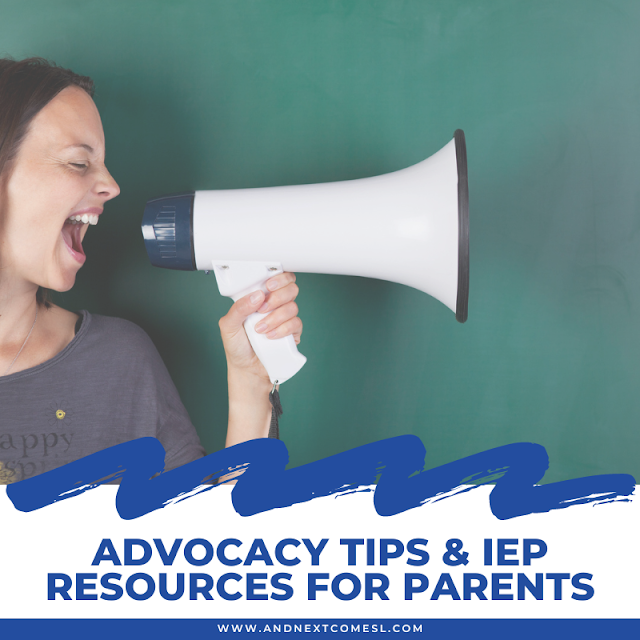The one thing I never anticipated as a parent was how passionate I would become about advocating. As frustrating and exhausting as it can be, it is also extremely rewarding.
So whether you are new to advocating or you are a seasoned veteran, the resources found here are designed to encourage you while giving you practical tips and advice to help navigate the systems around you.
You'll find autism advocacy tips and learn how to advocate for your child.
You'll also find some resources to help you better understand the IEP process, what IEPs are, how to teach self-advocacy skills, example IEP accommodations, and more!
Ready to check out these advocacy tips and IEP resources for parents? Well, let's dig in!
This post contains affiliate links. Basically, I make a small commission when you use these links, at no additional cost to you.
Advocacy Tips & IEP Resources for Parents
Regardless of where you are in your IEP advocacy journey, my hope is that you will find the following IEP resources and tips helpful.
Resources for Teaching Self Advocacy Skills
Resources and printables to teach self advocacy skills to kids, including topics such as knowing your triggers, listening to your body, asking for help, and more.
-

FREE I NEED HELP CARDS
-

FREE SUPPORT NEEDS CARDS
-

FREE I NEED A BREAK CARDS
-

FREE SELF ADVOCACY SCRIPTS
-

FREE ASKING FOR HELP SOCIAL SCRIPTS
-

SELF-ADVOCACY SOCIAL STORY (EDITABLE)
-

TAKING A BREAK SOCIAL STORY (EDITABLE)
-

LISTENING TO MY BODY SOCIAL STORY (EDITABLE)
-
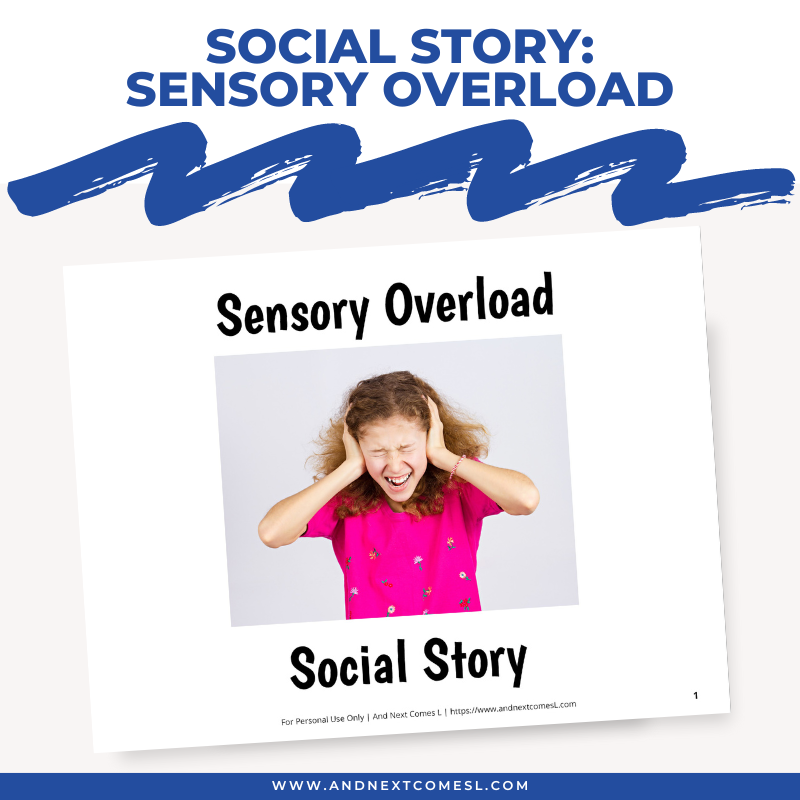
SENSORY OVERLOAD SOCIAL STORY (EDITABLE)
-
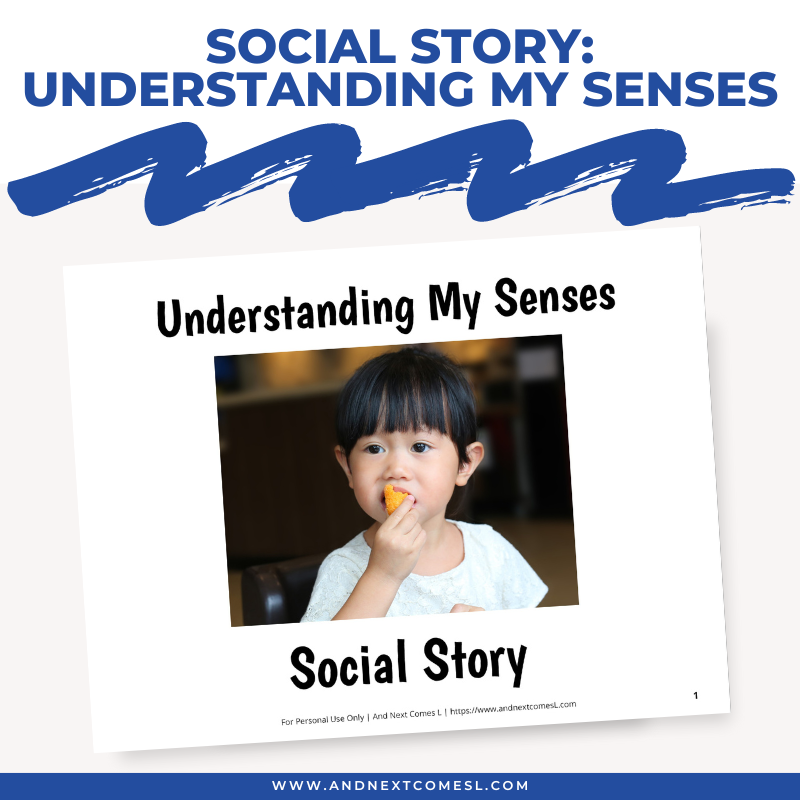
UNDERSTANDING MY SENSES SOCIAL STORY (EDITABLE)
-

SENSORY TRIGGERS SOCIAL STORY (EDITABLE)
-
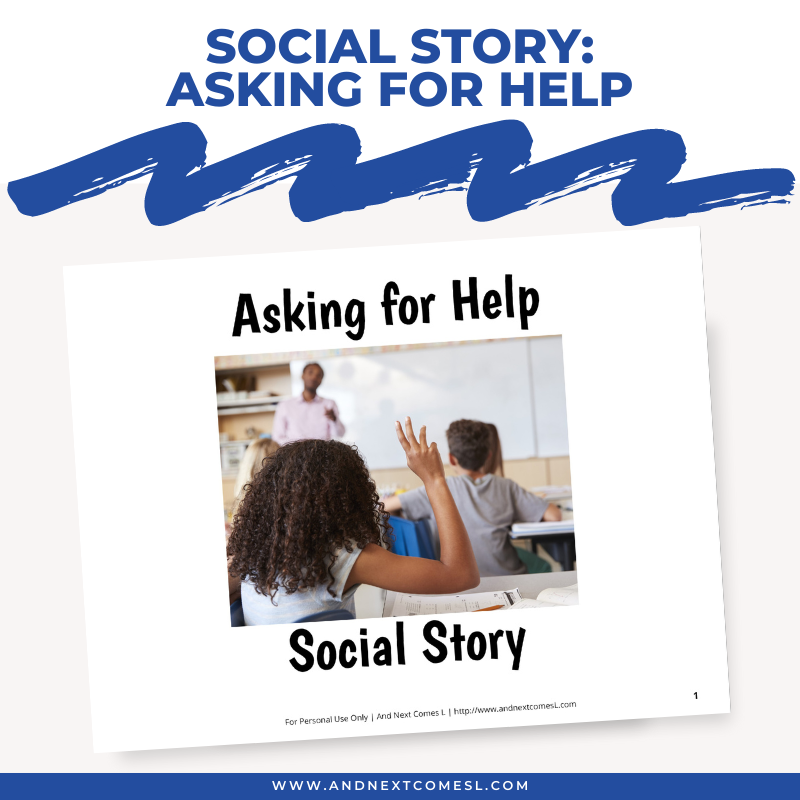
ASKING FOR HELP SOCIAL STORY
IEP Accommodations & Classroom Support
Knowing how to advocate for your child is only part of the picture. You also need to know what kind of supports and accommodations your child may need. Below you will find information on how to best support and accommodate your child, things to watch out for, tips for presuming competence, and more! You'll also find resources for creating a neurodiversity affirming and inclusive classroom.
-
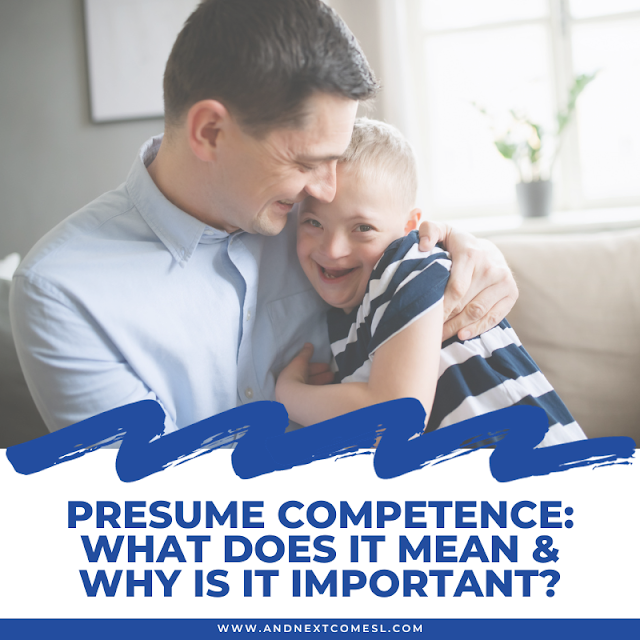
PRESUME COMPETENCE: WHAT IS IT?
-

STRATEGIES FOR PRESUMING COMPETENCE
-

IEP RED FLAGS
-

IEP GREEN FLAGS
-
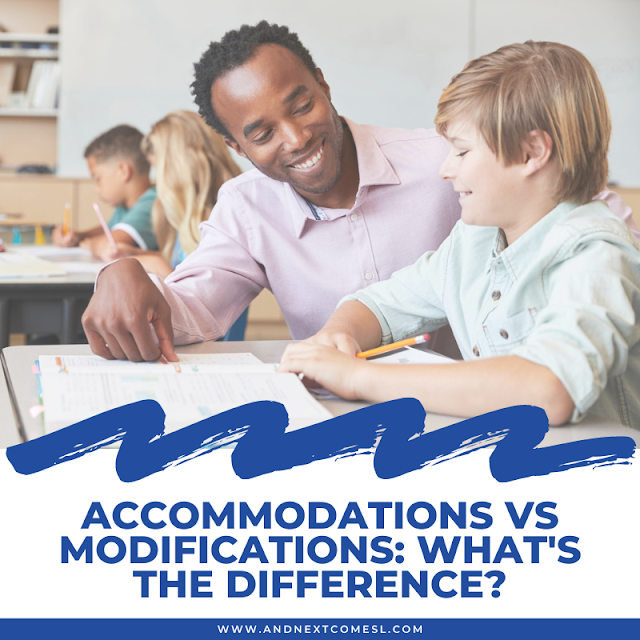
ACCOMMODATIONS VS MODIFICATIONS
-

WHAT IS FLEXIBLE SEATING?
-

FLEXIBLE SEATING PROS & CONS
-

BENEFITS OF FLEXIBLE SEATING
-
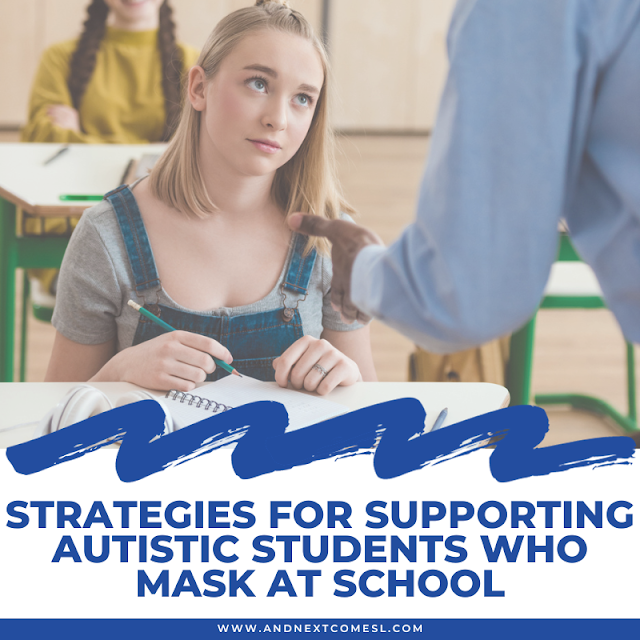
SUPPORTING STUDENTS WHO MASK AT SCHOOL
-

SENSORY TRIGGERS IN THE CLASSROOM
-

HYPERLEXIA CLASSROOM SUPPORTS
-

HYPERLEXIA EVERYDAY ACCOMMODATIONS
-

NEURODIVERSITY IN THE CLASSROOM HANDOUT
-

EMBRACING NEURODIVERSITY IN EDUCATION
Learn More About Neurodiversity Affirming IEPs
New to IEPs? Want to make sure they're neurodiversity affirming? Have a PDA learner? Curious about how to craft neurodiversity affirming IEP goals? If you answered yes to any of these questions, then these resources are for you!
I took the above two courses myself and found them both super helpful. So I definitely recommend both, especially if you are new to IEPs or have a PDA learner!
The Neurodiversity-Affirming Approach to IEPs course gives a great overview of the IEP process without being overwhelming. It covers and includes:
- How to write a parent input statement
- How to make sure the IEP is neurodiversity-affirming
- Includes lots of examples of neurodiversity-affirming goals
- Discusses gestalt language processing quite a bit throughout
- Includes a case study of a hyperlexic and hypernumeric child!
If you're curious about PDA and want to learn more about how to support PDA learners, then the Supporting PDA Learners IEP course is perfect for you! You'll learn:
- What PDA is
- How to build an IEP that honors their unique needs and centers connection, autonomy, and equality
- You'll also receive two incredible handouts, in particular, that I keep handy at all times - they're amazing!
Please keep in mind that the advocacy tips and IEP resources for parents found here are a constant work in progress. So check back frequently for new updates and resources.

